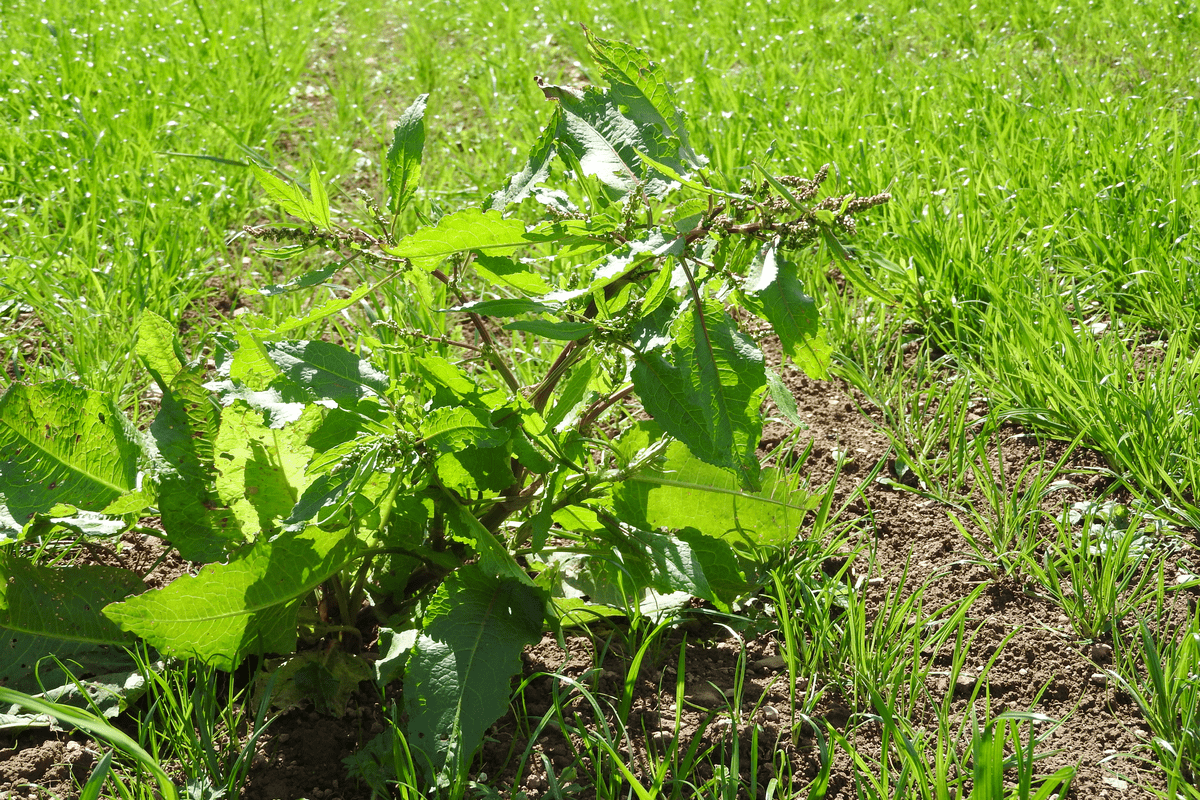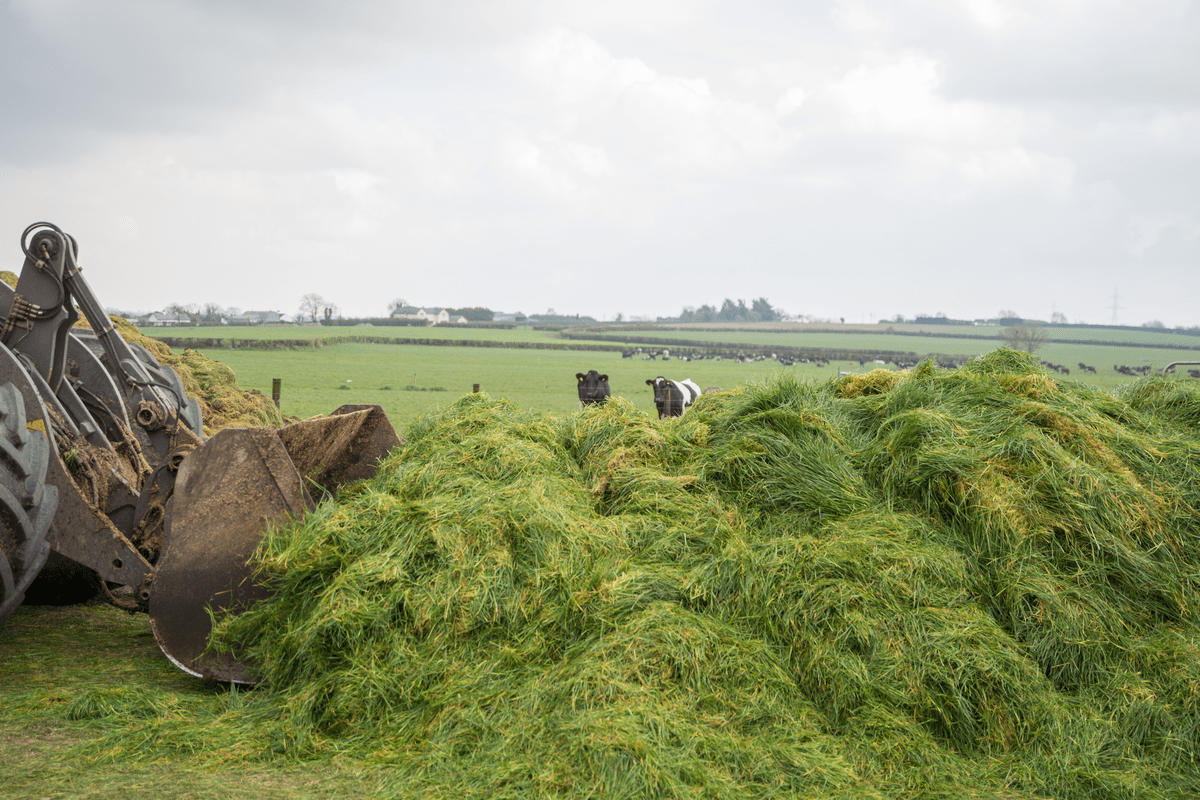Investing in high-quality grass genetics to drive sustainable grassland production and farm profitability makes good business sense. But how you manage a reseed in its first year affects performance across its lifespan, so it’s essential it’s done well.
Germinal Technical Director Dr Mary McEvoy tells us how best to manage reseeds to give them a productive start this spring.
Protect grassland production
A new reseed can take up to 11 months to fully establish, so during this time you need to take extra care of it.
The mild and wet weather last autumn helped many September reseeds establish successfully but in the wettest areas it meant a post-emergence spray or grazing was not possible.
Even if you managed to graze the reseeded area in autumn or winter, you still need to be extra vigilant with a new crop due to the wet conditions. And although there isn’t much you can do right now, it’s worth keeping an eye on how reseeds are progressing.
Monitor weeds carefully
If you didn’t have a chance to do a post-emergence spray, this is a good time to check on the sward. Even though it’ll be a while before there’s an opportunity for weed control.
Any weeds seen emerging should be controlled when ground and weather conditions allow, and the weeds are actively growing.
Graze when the opportunity allows
Reseeds are ‘softer’ underfoot, so more susceptible to damage from grazing when ground conditions are poor.
If a reseed wasn’t grazed last autumn, it probably has a reasonably heavy cover on it now. So, as spring progresses, decide whether to graze it or if zero-grazing might do less harm in the long term. Again, this depends on the weather over the next month or two and your plans for turning out.

Compare high and low grazing covers
When conditions allow, it’s important to take a grazing from your reseed but without causing damage. Removing the herbage helps light reach the base of the plant to encourage growth and minimise the risk of tiller death.
Later grazings can offer higher covers but avoid reseeds carrying a high cover for an extended period as it discourages tillering, encourages weed growth and can cause problems with poaching.
Try to use reseeded areas predominately for grazing in their first year as heavy, dense silage swards will shade the plant and reduce tillering.
Sustainable grassland production
Looking after autumn reseeds through careful early management this spring will maximise their potential and drive grassland production in the most sustainable way.
Contact our grass and forage experts to learn more
